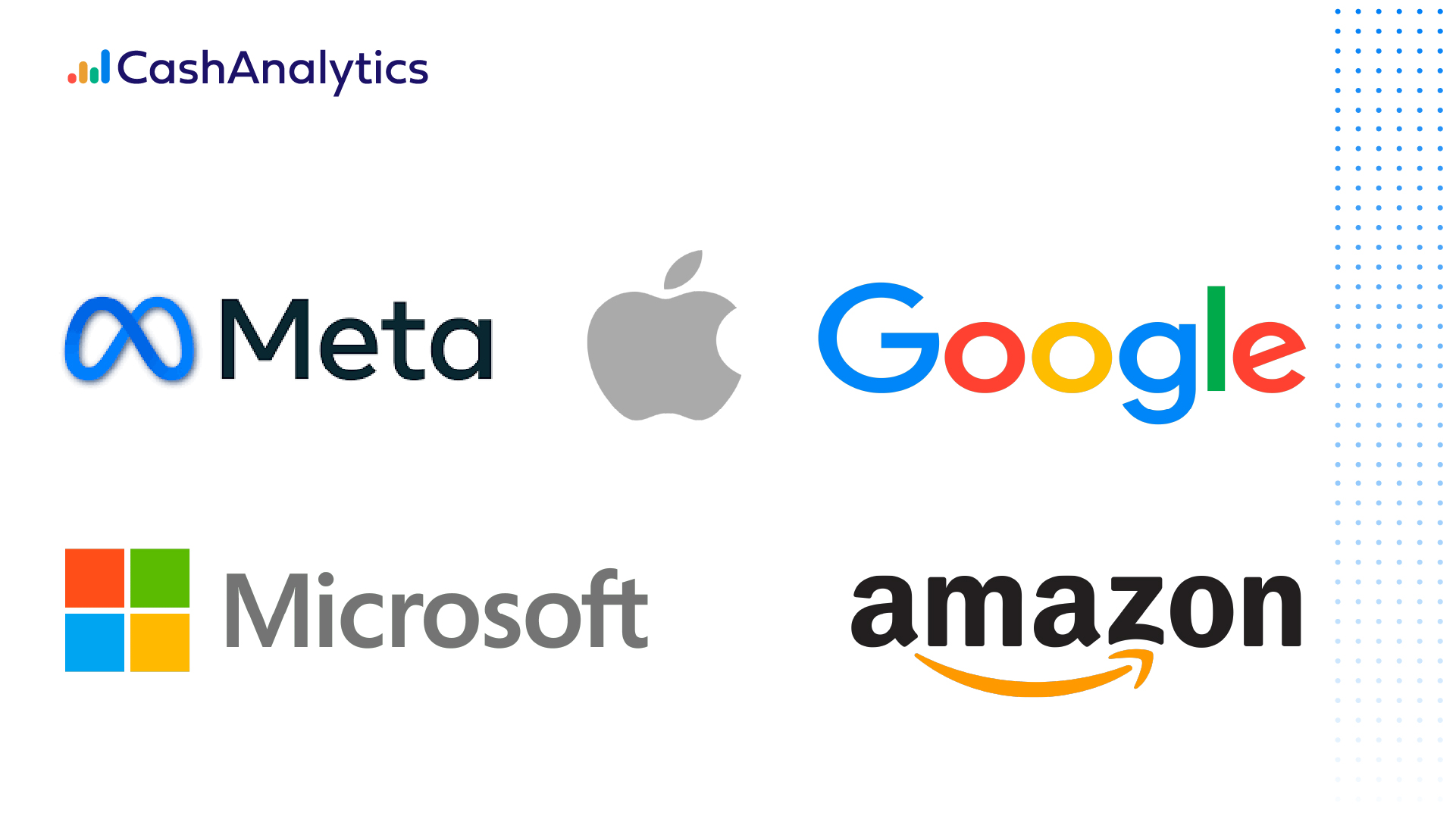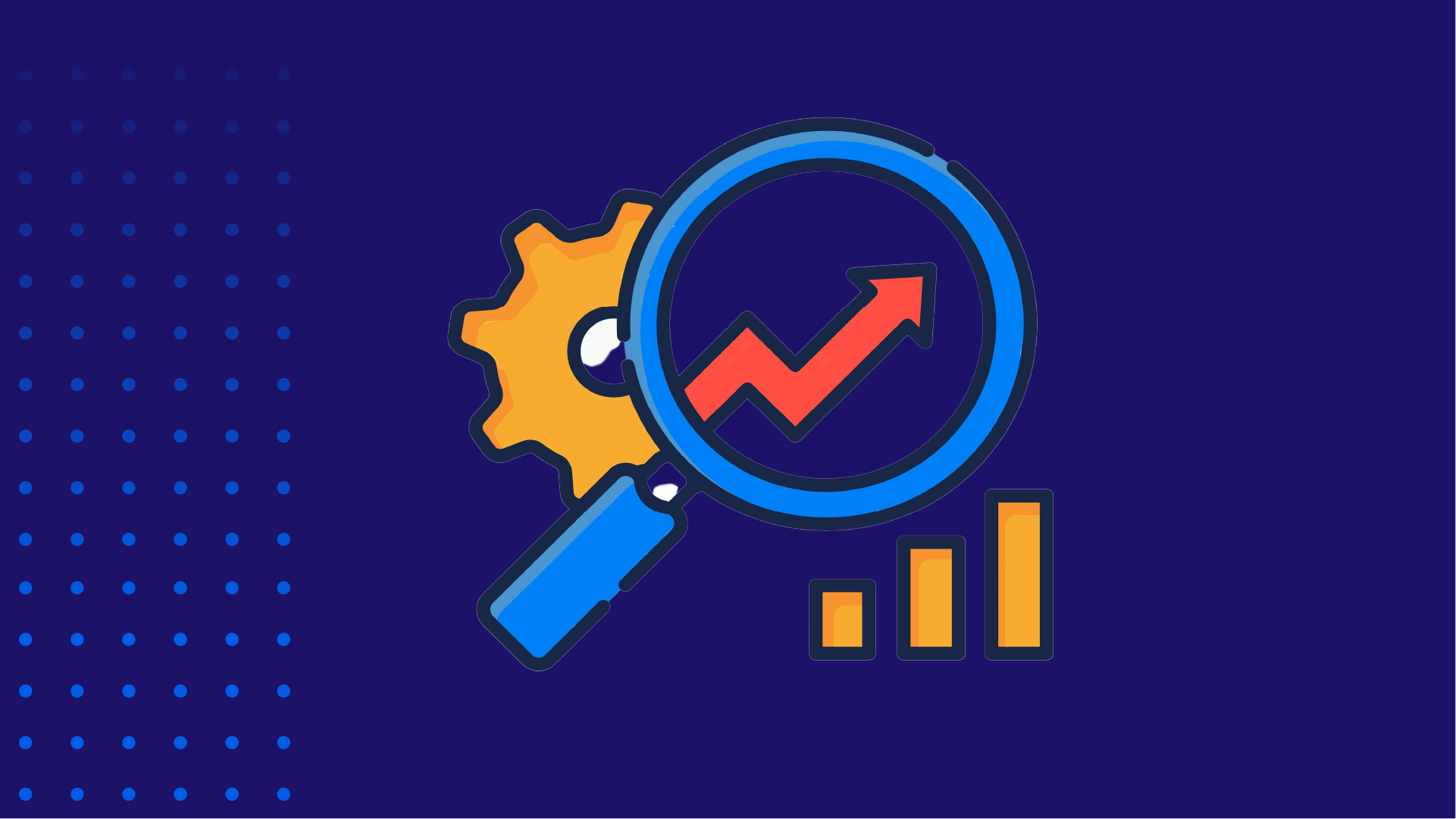
As a treasury manager, you know that manual cash forecasting is time-consuming and error-prone.
The process may have worked for your organisation in the past. But in today’s fast-paced global economy — and in an ongoing two-year pandemic — managing cash flow is a challenge. You need accurate forecasting based on real-time data to assess risks and keep your business afloat.
That’s where an automated cash forecasting solution can help.
Many organisations are hesitant to change their forecasting tools for fear of interfering with systems that are already in place. But the truth is, automated forecasting technology is here to stay — it’s just a matter of when companies make the switch.
Below are four tell-tale signs that it’s time to consider automating cash forecasting.
Note: Before diving in, check out this real-world example of how CashAnalytics helped BearingPoint, a 9-figure international consultancy firm, achieve centralised and fully transparent cash visibility
1. You’re investing too many hours on data entry (and not enough on analysis and innovation)
Manual cash forecasting in Excel spreadsheets is time-intensive, to say the least. By the time you’re done gathering, organising, and double-checking the data for human error, you don’t have adequate time for the most important part: analysis.
Imagine the following scenario: Sarah is a treasurer who is responsible for manually creating weekly forecasts across multiple entities. Each office submits the required data on Monday, and it takes Sarah until Thursday afternoon to build and proof the final forecast by the time everything is finished. This leaves her just one business day to analyse the data and assess the organisation’s current liquidity.
But an automated tool pulls data directly from your ERP, TMS, and other financial sources into a centralised dashboard. It also updates forecasts at the click of a button, meaning you’ll spend less time compiling the spreadsheets and more time analysing/innovating from them.
Peak Toolworks, a saw blade and cutting tool manufacturer, found themselves in Sarah’s shoes. Before switching to a cloud-based platform, it would take Peak Toolworks four business days to complete a forecast.
With CashAnalytics, they finish the forecast in one business day, leaving more time for analysis and innovation. As their CFO, Ben Stilwell, said, “Our process has improved dramatically and we have a cash forecast complete by the end of the first business day of the week, versus the 4th day, and we are 100% sure of the accuracy.”
If your forecasts are eating up days of your week, it might be time to consider automating the process with a fully integratable cash reporting platform.
2. Your forecasting is outdated
If you’re compiling weekly reports and completing them by the third or fourth business day each week, your data is likely outdated by the time you actually do sit down to analyse it. You’re looking at your cash forecast on a Friday, so the report won’t cover any important changes that have happened since Monday. Any transactions that occur during the week won’t be accounted for in your manual forecasts.
Say Tom, a treasurer for an international firm, spends roughly four business days compiling a global forecast that covers each of his organization’s 100+ entities. He starts on Monday, and, if he’s lucky, the forecast is prepared and checked for errors by Thursday at lunch.
He needs to present this information to key stakeholders on Friday morning. The problem is Thursday’s report doesn’t include any cash inflow or outflow from the current week, so Tom (and the key stakeholders) have limited cash visibility — making it difficult to budget for debt management, staffing costs, and other outflow obligations.
In other words, by manually creating forecasts, Tom is always left working with financial data a week behind where the organisation actually stands.
An automated cash forecasting tool constantly keeps you up to date with the most current data, even at the day-to-day level.
Tom can sit down on Monday mornings and generate his forecast at the click of a button. After reviewing the information, he’s done with his forecast by Monday at lunch. Come Thursday, he can update the forecast with just another click, so he can present the most accurate portrait of the company’s liquidity on Friday morning.
Once Innospec began working with CashAnalytics, they had a centralised dashboard with all the data they needed automatically aggregated in real time. They were able to connect each of their banks directly to CashAnalytics to get an immediate view of all balances and transactions. Plus, classification and categorisation of the cash flow are completely automated every day, meaning the data is always updated for reporting and forecasting.
If you’re starting to feel like your data isn’t as fresh as it could be, book a free demo and let one of our experts show you how fast, easy, and accurate forecasting can be with CashAnalytics.
3. Your A/R and A/P forecasting is limited
Manual accounts receivable (A/R) and accounts payable (A/P) tracking is a challenge with so many variables involved — from the different payment patterns of your clients to the number of financial sources you need to manage.
And yet, having a clear grasp of your income sources is one of the most important aspects of achieving high cash visibility. After all, you can’t create an accurate budget for A/P if you don’t have a clear idea of how much money is flowing in (and when it will arrive).
For example, let’s imagine that Sarah is manually creating her weekly forecast for a multi-currency firm with 40+ locations around the world. Each office collects payments on different days of the month, and the business offers seasonal discounts to certain clients.
With 40+ offices accepting payments, A/R becomes a moving target. No matter how fast Sarah works, she can’t keep up with all of the continuous payment collections by manually forecasting in a single time zone.
An automated solution collects real-time data from all of your accounts receivable and accounts payable — including your payment and sales history — so your forecasting is always up to date and reliable.
Just take a look at Stella McCartney, a multi-national fashion house that sees lots of cash inflow and outflow every day. To have clear and accurate cash visibility, they needed to work with real-time data.
Kering switched to CashAnalytics to better manage their cash flow. Here’s what their treasury analyst, Ellis Roach, had to say:
“I am 100% confident that the actual cash flows are what happened in the bank… a transaction input by one business is seen by the other side and they can just have a discussion about it.”
4. Your forecasting is error-prone
If you’re entering data by hand and relying on each of your business entities to submit manually compiled spreadsheets, it’s not a question of “if” an error will appear. It’s a question of when, where, and how many of those errors will appear.
Sound like your team? You’re not alone. Many companies struggle to create financial predictions based on the accuracy of the data in their forecast. IBM found that “88% of all spreadsheets contain at least one error.”
An automated tool, on the other hand, creates reliable forecasts by pulling data directly from your ERP, TMS, and other financial sources in your treasury tech stack. Unlike an Excel spreadsheet, the right cash reporting platform is highly integratable with your current tech stack, so it can compile and harmonise data you’re already collecting from your treasury tools. And one of the major benefits of a cash reporting platform is that it automates data entry, a task that’s notoriously difficult for humans to complete accurately but that’s impressively simple (and time-efficient) for a machine.
Let’s revisit our hypothetical treasurer, Tom, who used to manually create forecasts for an international consultancy firm with 150+ locations around the world. He would sift through hundreds of spreadsheets each month, carefully hunting down errors in places that just didn’t add up.
With a tool like CashAnalytics, Tom would simply come into work, update a complex and multi-currency forecast at the click of a button, and could rest 100% confident in the data’s accuracy aggregated in real time.
If you’re finding constant errors in your spreadsheets (or perhaps you aren’t catching enough errors), it’s time to automate your forecasting and build confidence in your organisation’s liquidity.
Leave more room for analysis through smart automation
By automating your forecasts, you can get reliable and real-time cash flow data from each of your business entities at the click of a button. You’ll have more time to analyse your forecasts and innovate to protect the financial well-being of your company.
Want to see how CashAnalytics can help your organisation’s unique needs? Book a free demo, and one of our experts would be happy to demonstrate how automation can lead to better forecasting in less time (and without the headaches).



